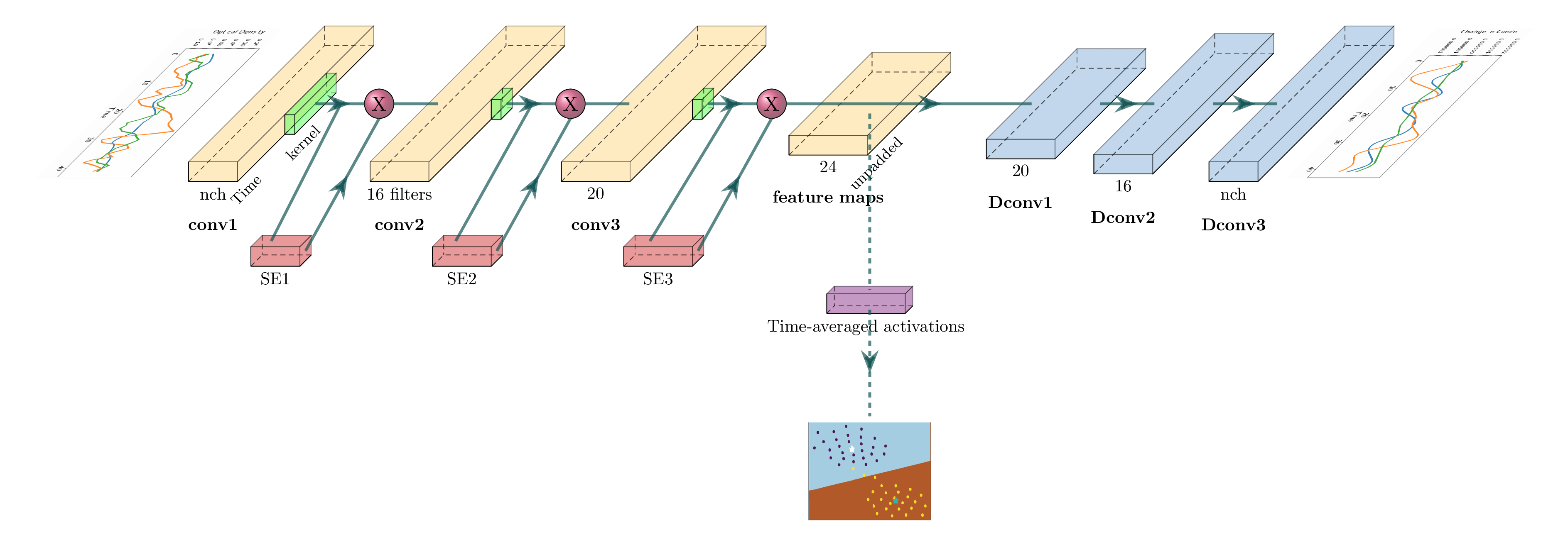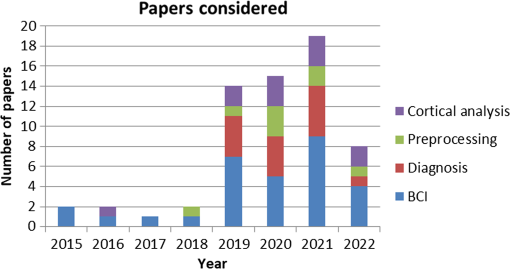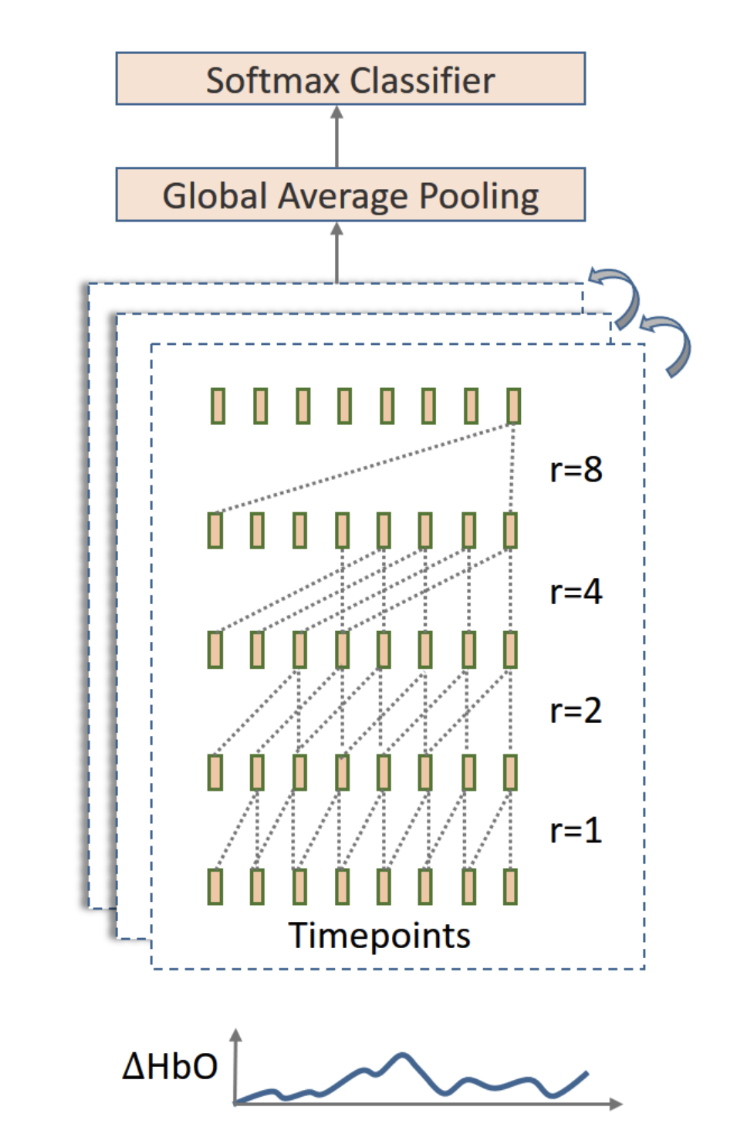Check my Google Scholar for an updated list of publications.
2025
-

×
![]()
End-to-End Deep Learning for Real-Time Neuroimaging-Based Assessment of Bimanual Motor Skills
Aseem Subedi, Fnu Rahul, Lora Cavuoto, Steven Schwaitzberg, and
3 more authors
In npj Digital Medicine (under peer review),
The real-time assessment of complex motor skills presents a challenge in fields such as surgical training and rehabilitation. Recent advancements in neuroimaging, particularly functional near-infrared spectroscopy (fNIRS), have enabled objective assessment of such skills with high accuracy. However, these techniques are hindered by extensive preprocessing requirements to extract neural biomarkers. This study presents a novel end-to-end deep learning framework that processes raw fNIRS signals directly, eliminating the need for intermediate preprocessing steps. The model was evaluated on datasets from three distinct bimanual motor tasks—suturing, pattern cutting, and endotracheal intubation (ETI)—using performance metrics derived from both training and retention datasets. It achieved a mean classification accuracy of 93.9% (SD 4.4) and a generalization accuracy of 92.6% (SD 1.9) on unseen skill retention datasets, with a leave-one-subject-out cross-validation yielding an accuracy of 94.1% (SD 3.6). Contralateral prefrontal cortex activations exhibited task-specific discriminative power, while motor cortex activations consistently contributed to accurate classification. The model also demonstrated resilience to neurovascular coupling saturation caused by extended task sessions, maintaining robust performance across trials. Comparative analysis confirms that the end-to-end model performs on par with or surpasses baseline models optimized for fully processed fNIRS data, with statistically similar (p<0.05) or improved prediction accuracies. By eliminating the need for extensive signal preprocessing, this work provides a foundation for real-time, non-invasive assessment of bimanual motor skills in medical training environments, with potential applications in robotics, rehabilitation, and sports.
2022
-

×
![]()
Deep learning in fNIRS: a review
Condell Eastmond*, Aseem Subedi*, Suvranu De, and Xavier Intes
Publisher: Society of Photo-Optical Instrumentation Engineers
Significance: Optical neuroimaging has become a well-established clinical and research tool to monitor cortical activations in the human brain. It is notable that outcomes of functional near-infrared spectroscopy (fNIRS) studies depend heavily on the data processing pipeline and classification model employed. Recently, deep learning (DL) methodologies have demonstrated fast and accurate performances in data processing and classification tasks across many biomedical fields.
Aim: We aim to review the emerging DL applications in fNIRS studies.
Approach: We first introduce some of the commonly used DL techniques. Then, the review summarizes current DL work in some of the most active areas of this field, including brain–computer interface, neuro-impairment diagnosis, and neuroscience discovery.
Results: Of the 63 papers considered in this review, 32 report a comparative study of DL techniques to traditional machine learning techniques where 26 have been shown outperforming the latter in terms of the classification accuracy. In addition, eight studies also utilize DL to reduce the amount of preprocessing typically done with fNIRS data or increase the amount of data via data augmentation.
Conclusions: The application of DL techniques to fNIRS studies has shown to mitigate many of the hurdles present in fNIRS studies such as lengthy data preprocessing or small sample sizes while achieving comparable or improved classification accuracy.
-

×
![]()
A dilated causal convolutional model for surgical skill assessment using optical neuroimaging
Aseem Subedi, Fnu Rahul, Anirban Dutta, Jack Norfleet, and
3 more authors
In Clinical and Translational Neurophotonics 2022,
Optical neuroimaging is a promising tool to assess motor skills execution. Especially, functional near-infrared spectroscopy (fNIRS) enables the monitoring of cortical activations in scenarios such as surgical task execution. fNIRS data sets are typically preprocessed to derive a few biomarkers that are used to provide a correlation between cortical activations and behavior. Meanwhile, Deep Learning methodologies have found great utility in the data processing of complex spatiotemporal data for classification or prediction tasks. Here, we report on a Deep Convolutional model that takes spatiotemporal fNIRS data sets as input to classify subjects performing a Fundamentals of Laparoscopic Surgery (FLS) task used in board certification of general surgeons in the United States. This convolutional neural network (CNN) uses dilated kernels paired with multiple stacks of convolution to capture long-range dependencies in the fNIRS time sequence. The model is trained in a supervised manner on 474 FLS trials obtained from seven subjects and assessed independently by stratified-10-fold cross-validation (CV). Results demonstrate that the model can learn discriminatory features between passed and failed trials, attaining 0.99 and 0.95 area under the Receiver Operating Characteristics (ROC) and Precision-Recall curves, respectively. The reported accuracy, sensitivity, and specificity are 97.7%, 81%, and 98.9%, respectively.
2021
-
A deep learning model for a priori estimation of spatiotemporal regions for neuroimaging guided non-invasive brain stimulation
F. N. U. Rahul, Anirban Dutta, Aseem Subedi, Basiel Makled, and
3 more authors
Publisher: Elsevier


